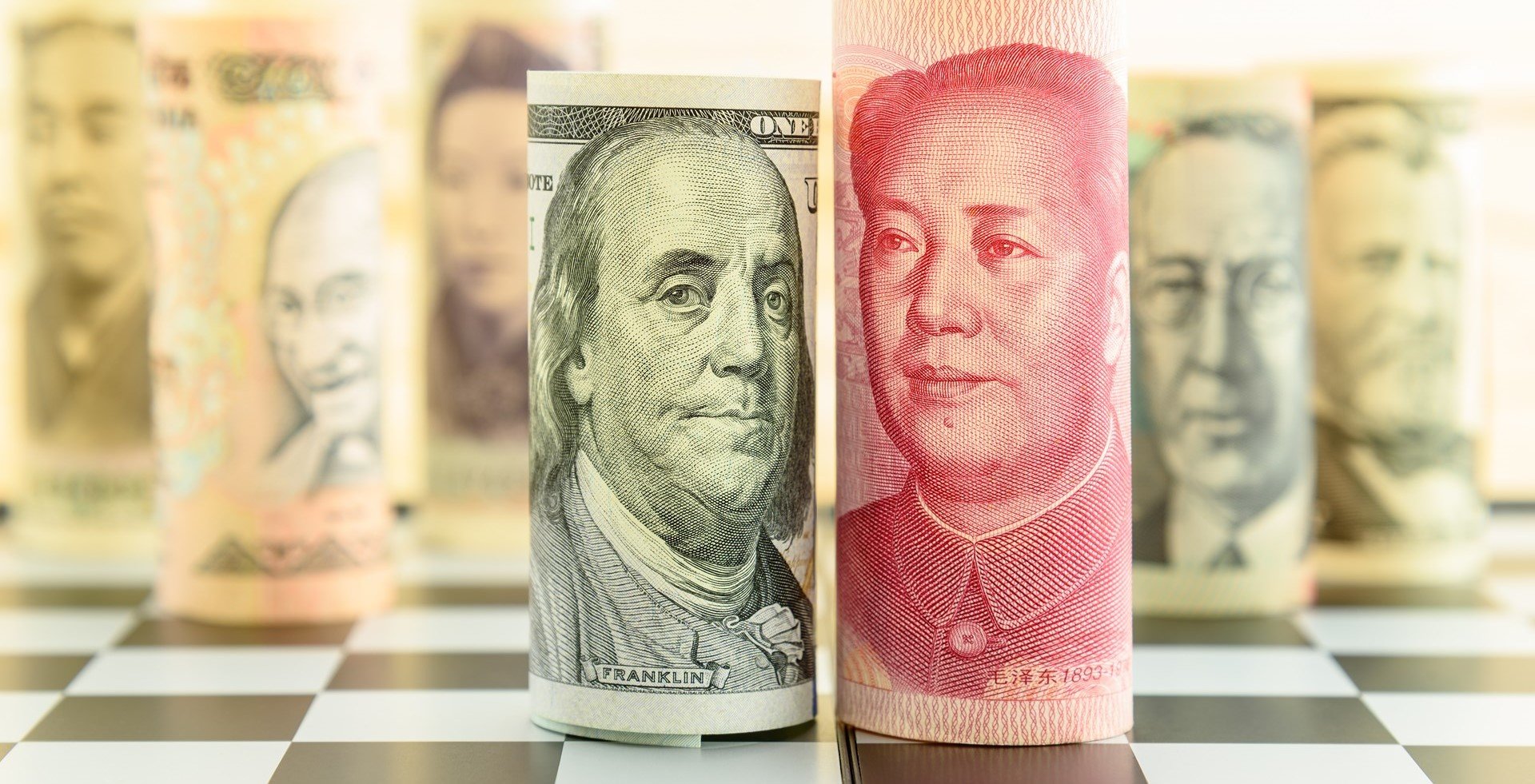

Feb
Under normal circumstances, whether we are referring to nations that can be considered highly developed based on nominal as well as per capita metrics (the United States and Germany, for example), under-developed nations or countries such as China that lie somewhere in-between (developed in nominal terms, under-developed based on per capita metrics), the relationship between economic indicators and inflation is more or less straightforward.
When the economy is doing great and there are no unemployment problems, there is plenty of money chasing a limited number of goods and as such, a certain degree of inflation is to be expected. Should the economy get in trouble, with high unemployment and a wide range of other problems, inflation is not exactly among the top consequences one would expect.
What is stagflation?
Let’s just say it is that peculiar phenomenon which is remarkably effective at puzzling economists, in that there is high inflation despite economic stagnation and a high unemployment rate. This is precisely the situation the United States found itself facing in the seventies and eighties.
Why?
Of course, economists have been speculating left and right. The most plausible explanations revolve around the fact that on the one hand, oil price increases (the 1973 OPEC embargo and 1979 Iran revolution) and the subsequent increase in production costs across the board put increased pressure on the economy and on the other hand (as Milton Friedman pointed out), monetary policy wasn’t aggressive or let’s say anti-inflationary enough.
Eventually, Paul Volcker became the Federal Reserve Chairman and implemented many of Friedman’s suggestions. Also, oil price increases were no longer a problem (on the contrary, prices dropped considerably). As such, the stagflation problem “went away” but to this day, it is difficult to get economists to agree on why it happened in the first place and why it ultimately sorted itself out.
Is this a threat when it comes to China?
Most definitely!
As mentioned previously, one of the top components of stagflation (one which accounts for half its name, more specifically the “stag” dimension) is represented by economic stagnation. At this point in time, China’s economy is not stagnating, however the days of the pre-2010 double-digit GDP YOY growth rates are long gone. If we disregard this aspect and simply look at economic growth numbers, everything seems fine. If we also factor in the economic growth deceleration trend and the potential implications thereof, stagflation all of a sudden becomes a concern.
How concerned should China be?
Quite concerned in our opinion, in light of the fact that:
- We don’t exactly have a textbook response to stagflation that economists agree on across the board. Those who believe in the combination between Reagonomics (fiscal policy) and Milton Friedman’s monetarism (monetary policy) would most likely state that there is little to worry about as long as appropriate action is taken. Those on the left side of the political spectrum, on the other hand, most likely disagree
- Not only don’t we have a general/global anti-stagflation framework, we need to also understand that even if such a framework were to exist, things tend to always be different in China (as frequently pointed out here on ChinaFund.com) and as such, Chinese stagflation will inevitably come with its own set of circumstances
- The international landscape is remarkably different at this point in time and due to the record-breaking interconnectedness of economies worldwide, it is difficult to envision what were to happen if a “stagflation contagion” phenomenon were to manifest itself. This can mean anything from stagflation re-emerging in the United States and spreading to other jurisdictions to “Chinese blend” stagflation appearing and spreading to other jurisdictions
At the end of the day, the worst time to prepare for stagflation or any other economic predicament is after the fact. To put it differently, the ChinaFund.com team always advises against a reactionary approach to economic preparedness. As work-intensive as it may be, being proactive is the only way to go, especially when dealing with potential-laden but also potentially volatile jurisdictions such as China.
If your overall economic preparedness or if you will diversification strategy doesn’t at the very least briefly address stagflation scenarios, the strategy in question should be considered sub-optimal at best. While most economists would be quick to point out that in 2020, there aren’t enough meaningful causes for concern when it comes to stagflation risks for China, the same economists are usually the ones who seem to always be caught by surprise and ready to explain why something went wrong… after the fact.
To avoid such scenarios, a meaningful understanding of “all things China” needs to be accompanied by a meaningful understanding of economic theory in general and stagflation in particular. When it comes to the former, ChinaFund.com founding partner Graham Haynes is more than willing to put is multi-decade multi-jurisdictional brick and mortar expertise at your disposal, experience which includes over 13 years of conducting business in China. As far as the latter is concerned, our managing partner Andrei Polgar is a Wall Street Journal as well as USA Today best-selling author as well as hands-on economist who specializes precisely in turning the abstract (economic theory) into something applicable (a realistic strategy that enables you and/or your organization to land on your feet in a wide range of scenarios).
For more information about our team and credentials, access the About Us section of ChinaFund.com or if you already have concerns in mind that you would like us to be of assistance with, simply send us a message through the Contact page of ChinaFund.com and we will do our best to get back to you in a timely manner with more information on what we can do to help.
